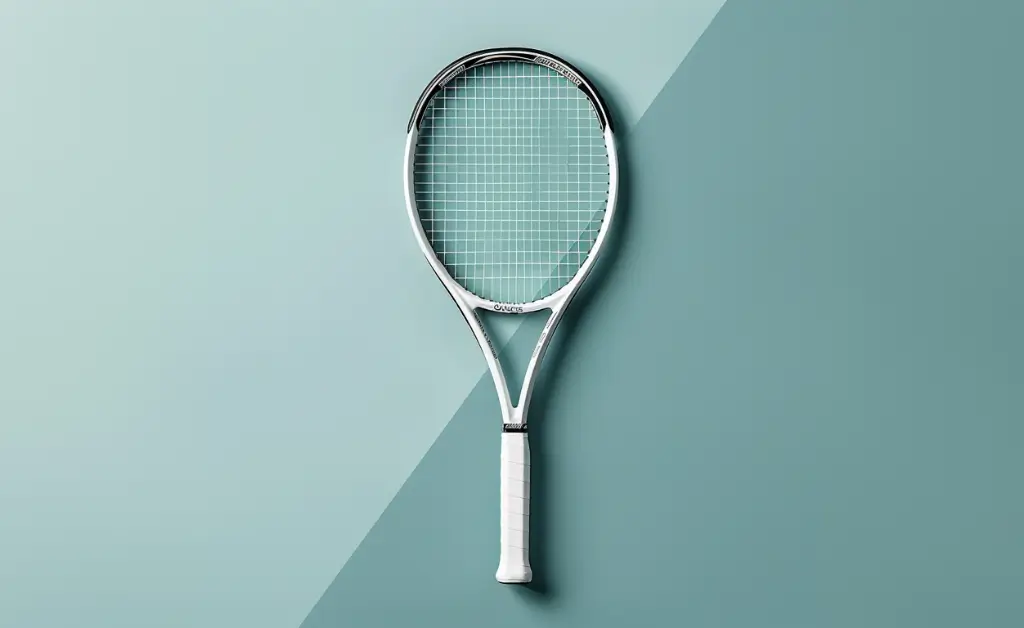Choosing the right tennis racket can significantly impact your performance on the court. Whether you are a beginner or an experienced player, the right racket will help you maximize your strengths and improve your game. Here’s a guide to help you make an informed decision when selecting your perfect tennis racket.
Understanding Racket Weight
Weight is one of the most critical factors in choosing a tennis racket. Racket weight can affect your swing speed, control, and power. Generally, rackets range from 250 grams (lightweight) to 350 grams (heavyweight).
- Lightweight Rackets (250-290 grams): These rackets are ideal for beginners and players who prefer a faster swing. They are also easier to handle and maneuver, making them perfect for those still developing their technique.
- Medium Weight Rackets (290-320 grams): Best for intermediate players who need a balance between power and control. These rackets offer a solid feel without being too heavy.
- Heavyweight Rackets (320-350 grams): Suited for advanced players seeking more power and stability. They require more strength to swing but can deliver greater force on impact.
When selecting a racket, consider your playing style and physical strength. A lighter racket may be easier to handle, but a heavier one could give you the power to elevate your game.

Choosing the Right Grip Size
Grip size is another essential factor to consider. The grip size of your tennis racket affects comfort and control. A too large or small grip can cause discomfort and reduce your ability to hit precise shots.
To find the right grip size, measure the distance from the middle crease of your palm to the tip of your ring finger. This measurement should correspond to the circumference of the racket handle. Most adult grip sizes range from 4 to 4 5/8 inches.
Using the smaller grip and an overgrip for adjustment is often better if you’re between sizes. A smaller grip allows better wrist snap on serves and groundstrokes, enhancing overall performance.
String Type and Tension
The type of strings and the tension at which they are strung can also affect your racket’s performance. There are two main types of strings: natural gut and synthetic.
- Natural Gut Strings: These strings are known for their excellent feel and playability but are more expensive and less durable. Professional players often favor these strings.
- Synthetic Strings: Offer various options, including multifilament, polyester, and hybrid strings. They are more durable and provide multiple levels of power and control, making them popular among amateur and club players.
String tension is another crucial element. Lower tension (50-60 pounds) provides more power and a softer feel, while higher tension (60-70 pounds) offers greater control and a firmer feel. Most British tennis players prefer rackets strung at higher tensions to maximize control during intense matches.
Head Size and Frame Stiffness
The head size of your tennis racket influences the sweet spot and the level of forgiveness on off-center hits. Racket head sizes are generally categorized as follows:
- Midsize (85-97 sq. inches): Offers control and precision, best for advanced players.
- Midplus (98-104 sq. inches): A good balance of power and control, suitable for intermediate players.
- Oversize (105-135 sq. inches): Provides a more prominent sweet spot and power, ideal for beginners.
Frame stiffness is another consideration. A stiffer frame offers more power but less control, while a more flexible frame provides better control and a softer feel. Your choice should align with your playing style and what you feel comfortable with on the court.
Other Considerations
When selecting your tennis racket, remember to consider your tennis shoes. The right pair of shoes provides the necessary support and grip to complement your racket, enhancing your overall performance. Proper footwear is just as important as choosing the right racket.
Additionally, consider the type of court you typically play on (clay, complex, or grass), as it can influence your racket and string selection.
Conclusion
Choosing the right tennis racket involves considering weight, grip size, string type, and head size. By understanding your playing style and preferences, you can select a racket that enhances your strengths and improves your game. Don’t forget that your choice of tennis shoes and other gear can also impact your performance on the court.
Whether you’re inspired by British tennis players or just starting, the right equipment makes all the difference. Take the time to test different rackets and find the one that feels like an extension of your hand. With the correct racket, you’ll be well on your way to playing your best tennis.
1. How do I know what weight tennis racket is best for me?
The best racket weight depends on your experience level, physical strength, and playing style. Lightweight rackets (250-290g) are easier to maneuver, making them ideal for beginners and players who rely on quick reactions or prefer a faster swing. Medium-weight rackets (290-320g) offer a balance of power and control, which is ideal for intermediate players refining their technique. Heavyweight rackets (320-350g) provide more power and stability but require greater strength to swing, making them suitable for advanced players who can generate their own speed. As a general rule, beginners should start lighter and gradually transition to heavier rackets as their strength and skills improve.
Grip size plays a crucial role in comfort, control, and preventing injury. If your grip is too small, your hand will overwork to keep the racket stable, potentially leading to tennis elbow. If it’s too large, you’ll struggle with wrist movement and shot precision. To measure grip size, place a ruler along your palm and measure from the middle crease to the tip of your ring finger, this length corresponds to your ideal grip circumference. Most adult grips range between 4 to 4 5/8 inches. If you’re between sizes, opt for the smaller grip and add an overgrip if necessary. A slightly smaller grip often allows for more wrist action, improving spin and shot control.
Your choice of string type and tension directly influences your racket’s performance. Natural gut strings deliver exceptional feel, comfort, and power but are more expensive and less durable. Synthetic strings (like multifilament, polyester, or hybrids) are more affordable and durable while offering a variety of control and power levels, making them ideal for most players.
String tension also matters: Lower tension (50–60 lbs) offers more power and a softer feel, while higher tension (60–70 lbs) gives more control and a firmer response. Beginners often benefit from lower tension, while advanced players like many British professionals, prefer higher tension for better shot accuracy and control during fast-paced rallies.


